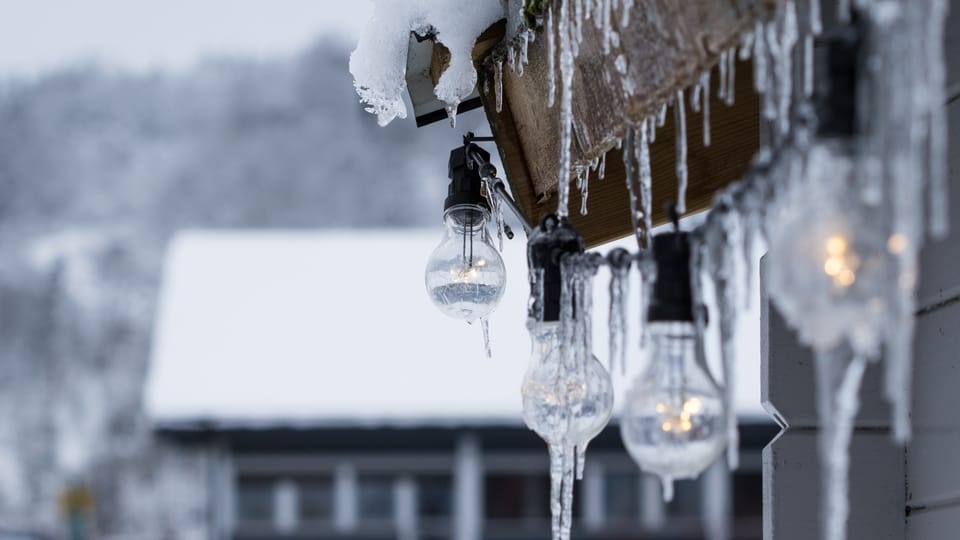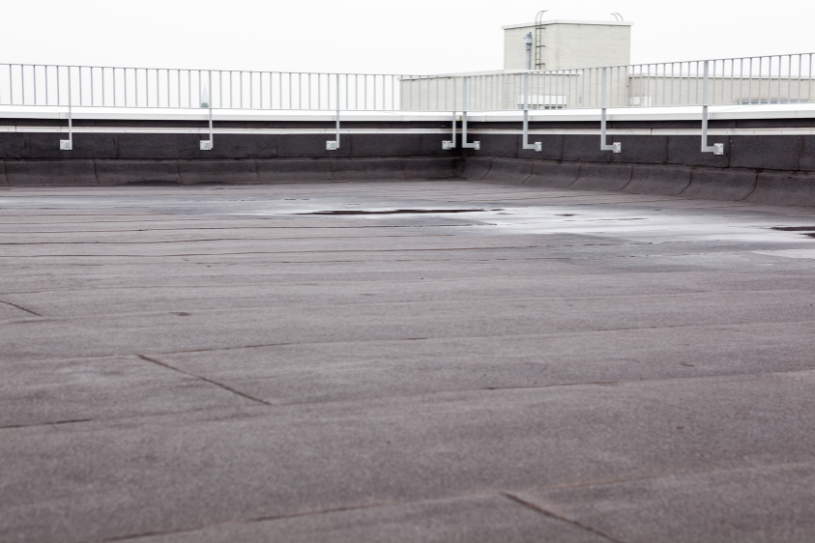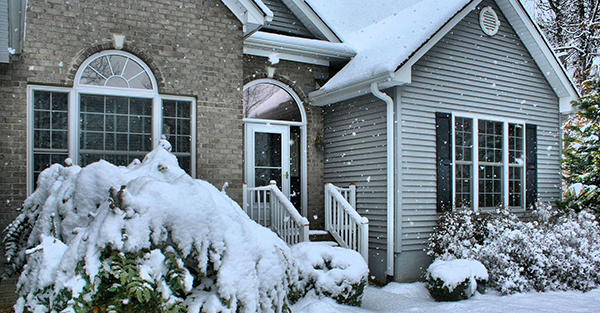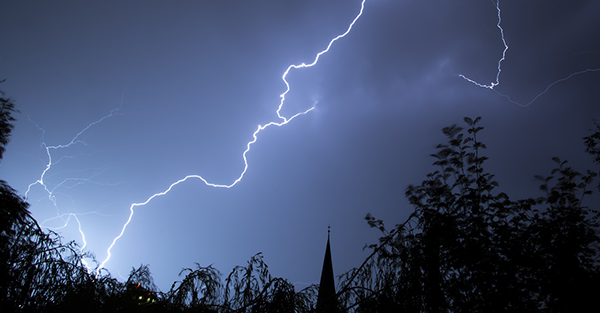
Flashing is sometimes overlooked or poorly or improperly installed during roof installation. In reality, it is a vital element of the roofing system. It keeps your roof waterproof and airtight, sealing the outer envelope that protects the interior of your home from weather and other elements. Continue reading to learn about the importance of flashing for the upkeep and protection of your entire home.
Roof Flashing
What is flashing?
Flashing is placed around areas of the roof’s surface where a projection, such as at a chimney or skylight, intersects with the roof. If not sealed properly, these areas often succumb to serious leaks. These intersections expand and contract depending on temperatures and humidity levels. Good flashing should allow for this movement while also creating a tight seal that keeps moisture out of the roof and the home.
What materials are used for flashing?
Flashing can be made from many different materials, including metal (copper, aluminum, stainless steel, lead, etc.), plastic, or composite materials. The most durable (and, therefore, most expensive) flashing material is metal sheet flashing. Copper is the most popular metal flashing material choice due to its durability and ability to adapt to changes in weather. Though plastic is a less expensive alternative to metal, it can be worn down over time if exposed to direct sunlight.
What areas of the roof need flashing?
Flashing should be installed properly during initial roof installation. Poor installation, can lead to premature roof deterioration. Replacing or repairing damaged flashing can be an ordeal, so it is critical that you choose the right material from the outset. It should be durable, high quality, and compatible with your other roofing materials. Not all flashing materials work well on all roofs. Flashing can also be damaged, even when it has been properly installed, by hazards such as fallen branches or foot traffic.
Skylights: A continuous piece of flashing is often used to create the seal needed to keep water out around skylights. Skylights usually protrude out from the roof far enough to allow room to place adequate flashing.
Vents: The two common types of roof vents are hoods and pipes (AKA stacks). To install a hood vent, a hole is cut into your roof to accommodate the vent. On the roof above the vent area, slide the flashing underneath the shingles. Below the vent, the flashing should be placed on top of the shingles and then sealed. Finally, remember to place the vent cap on top of the vent.
For the pipe vent, cut a is hole into the roof in the shape of the vent that will be placed inside it. When adding the flashing, it should be placed so that it extends eight inches above the pipe, four inches below the pipe, and six inches to the left and right of the pipe. The flashing will overlap the shingles below the pipe.
Chimneys: Strips of flashing are placed around the chimney, sealing the intersection of the chimney and the roof. As with most other structural elements, the flashing slides underneath the shingles above the chimney and overlaps the shingle row on the lower side of the chimney.
Dormer: A dormer is simply a structural element that projects from the side of a sloping roof. Dormer windows are often added or constructed to create additional headroom inside a building. They also let in additional light and offer ventilation for upper areas of the home, such as the attic. Flashing can be installed as multiple square pieces that are added in between every row of shingles (or whatever type of roofing material is utilized) surrounding the dormer or as a strip that is placed around the projection and underneath the roofing material around it.
Flashing is a critical element of your roofing system that keeps your home safe from moisture damage. For more information or to schedule a roof inspection for your home, contact Hedrick Construction. We are conveniently located in Huxley, Iowa, and serve Ankeny, Ames, and the surrounding areas.








Comments